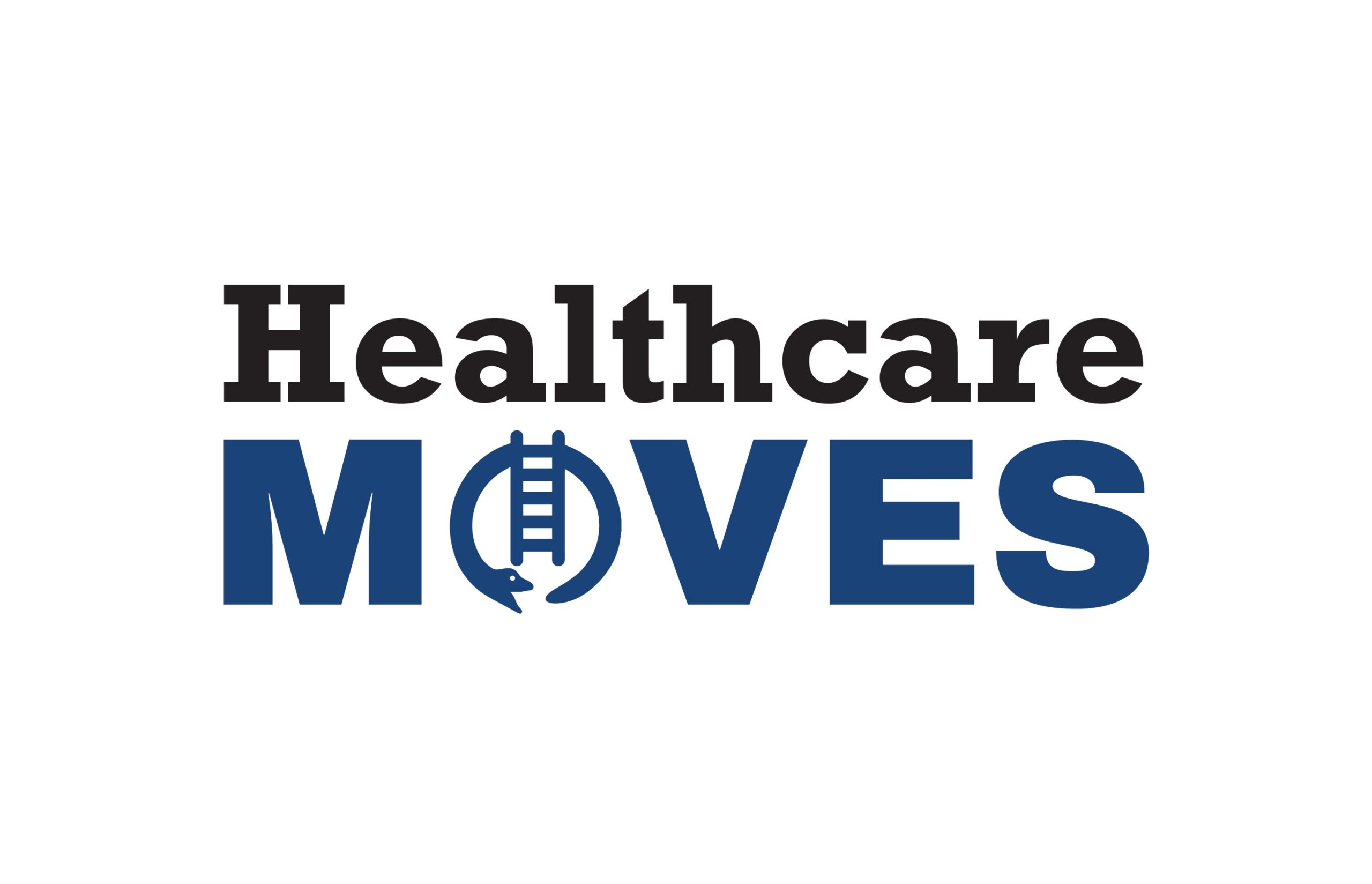 The coronavirus pandemic has had a profound effect on hospitals and care delivery, with skyhigh appointment cancellation rates and healthcare organizations having to pivot and quickly scale virtual care. The public health crisis has also underscored the need for healthcare institutions to provide clear, reliable, and timely information for patients in an environment where public health needs are in constant flux. The FDA approval of vaccines to protect against Covid-19 has been a welcome development, but it also poses new challenges such as when these vaccines will be available for patients and where.
A new white paper from healthcare technology company, WELL™ Health provides a guide for healthcare providers on how to help their patients navigate the challenges of timely and reliable information on Covid-19. The guide highlights best-practices the company developed for informing patients about the coronavirus and how providers can ramp up patient engagement at a time when it is needed most.
WELL provides a scalable, sustainable method for handling urgent communications and reassuring patients that it’s safe to seek care.
For Darren Dworkin, Senior Vice President of Enterprise Information Services and Chief Information Officer at Cedars-Sinai, WELL Health had been a great resource in helping the hospital keep patients, their community, and staff informed of the latest information regarding COVID-19.
Dworkin said, “WELL has been instrumental in helping us deploy timely communication to our scheduled patients with a digital agility we previously didn’t have.”
WELL’s communications hub is a two-way digital health solution engaging patients throughout their care. It enables conversations between patients and their providers through secure, multilingual messaging in the patient’s preferred communications channel: texting, email, telephone, and live chat in 19 different languages.
For example, hospitals now balance the public health needs of Covid-19 while helping patients keep their in-person appointments through virtual waiting rooms. This requires timely, efficient communication between physician practices and patients that also fits into healthcare staff workflow.
For example, one hour before the appointment, the patient receives a reminder message with instructions to wear a mask and to text the provider when they arrive.
The coronavirus pandemic has had a profound effect on hospitals and care delivery, with skyhigh appointment cancellation rates and healthcare organizations having to pivot and quickly scale virtual care. The public health crisis has also underscored the need for healthcare institutions to provide clear, reliable, and timely information for patients in an environment where public health needs are in constant flux. The FDA approval of vaccines to protect against Covid-19 has been a welcome development, but it also poses new challenges such as when these vaccines will be available for patients and where.
A new white paper from healthcare technology company, WELL™ Health provides a guide for healthcare providers on how to help their patients navigate the challenges of timely and reliable information on Covid-19. The guide highlights best-practices the company developed for informing patients about the coronavirus and how providers can ramp up patient engagement at a time when it is needed most.
WELL provides a scalable, sustainable method for handling urgent communications and reassuring patients that it’s safe to seek care.
For Darren Dworkin, Senior Vice President of Enterprise Information Services and Chief Information Officer at Cedars-Sinai, WELL Health had been a great resource in helping the hospital keep patients, their community, and staff informed of the latest information regarding COVID-19.
Dworkin said, “WELL has been instrumental in helping us deploy timely communication to our scheduled patients with a digital agility we previously didn’t have.”
WELL’s communications hub is a two-way digital health solution engaging patients throughout their care. It enables conversations between patients and their providers through secure, multilingual messaging in the patient’s preferred communications channel: texting, email, telephone, and live chat in 19 different languages.
For example, hospitals now balance the public health needs of Covid-19 while helping patients keep their in-person appointments through virtual waiting rooms. This requires timely, efficient communication between physician practices and patients that also fits into healthcare staff workflow.
For example, one hour before the appointment, the patient receives a reminder message with instructions to wear a mask and to text the provider when they arrive.
- When the patient arrives at the provider location, they send a text indicating they have arrived.
- The provider sends an automated confirmation response.
- The patient waits in their car until they receive a text message indicating that a room is ready.
WELL Health’s communication hub can also be enlisted to improve patient adoption of telehealth appointments. When visits are switched from in-person to virtual, providers can send automated messages inviting patients to download instructions for the telehealth service, encouraging them to text #HELP if they are having issues. Patients receive reminders one hour before their virtual appointment, ensuring they are properly set up to interact with their physician.
Health systems can easily configure automated messages for patients without the need of paperwork to implement changes that can take days or weeks to go into effect. This enables providers to deliver relevant, timely information to their patients as efficiently as possible.
Fill out the form below to download the white paper Top 10 Best Practices for Covid-19 Patient Communication.
Picture: elenabsl, Shutterstock
 The coronavirus pandemic has had a profound effect on hospitals and care delivery, with skyhigh appointment cancellation rates and healthcare organizations having to pivot and quickly scale virtual care. The public health crisis has also underscored the need for healthcare institutions to provide clear, reliable, and timely information for patients in an environment where public health needs are in constant flux. The FDA approval of vaccines to protect against Covid-19 has been a welcome development, but it also poses new challenges such as when these vaccines will be available for patients and where.
A new white paper from healthcare technology company, WELL™ Health provides a guide for healthcare providers on how to help their patients navigate the challenges of timely and reliable information on Covid-19. The guide highlights best-practices the company developed for informing patients about the coronavirus and how providers can ramp up patient engagement at a time when it is needed most.
WELL provides a scalable, sustainable method for handling urgent communications and reassuring patients that it’s safe to seek care.
For Darren Dworkin, Senior Vice President of Enterprise Information Services and Chief Information Officer at Cedars-Sinai, WELL Health had been a great resource in helping the hospital keep patients, their community, and staff informed of the latest information regarding COVID-19.
Dworkin said, “WELL has been instrumental in helping us deploy timely communication to our scheduled patients with a digital agility we previously didn’t have.”
The coronavirus pandemic has had a profound effect on hospitals and care delivery, with skyhigh appointment cancellation rates and healthcare organizations having to pivot and quickly scale virtual care. The public health crisis has also underscored the need for healthcare institutions to provide clear, reliable, and timely information for patients in an environment where public health needs are in constant flux. The FDA approval of vaccines to protect against Covid-19 has been a welcome development, but it also poses new challenges such as when these vaccines will be available for patients and where.
A new white paper from healthcare technology company, WELL™ Health provides a guide for healthcare providers on how to help their patients navigate the challenges of timely and reliable information on Covid-19. The guide highlights best-practices the company developed for informing patients about the coronavirus and how providers can ramp up patient engagement at a time when it is needed most.
WELL provides a scalable, sustainable method for handling urgent communications and reassuring patients that it’s safe to seek care.
For Darren Dworkin, Senior Vice President of Enterprise Information Services and Chief Information Officer at Cedars-Sinai, WELL Health had been a great resource in helping the hospital keep patients, their community, and staff informed of the latest information regarding COVID-19.
Dworkin said, “WELL has been instrumental in helping us deploy timely communication to our scheduled patients with a digital agility we previously didn’t have.”













